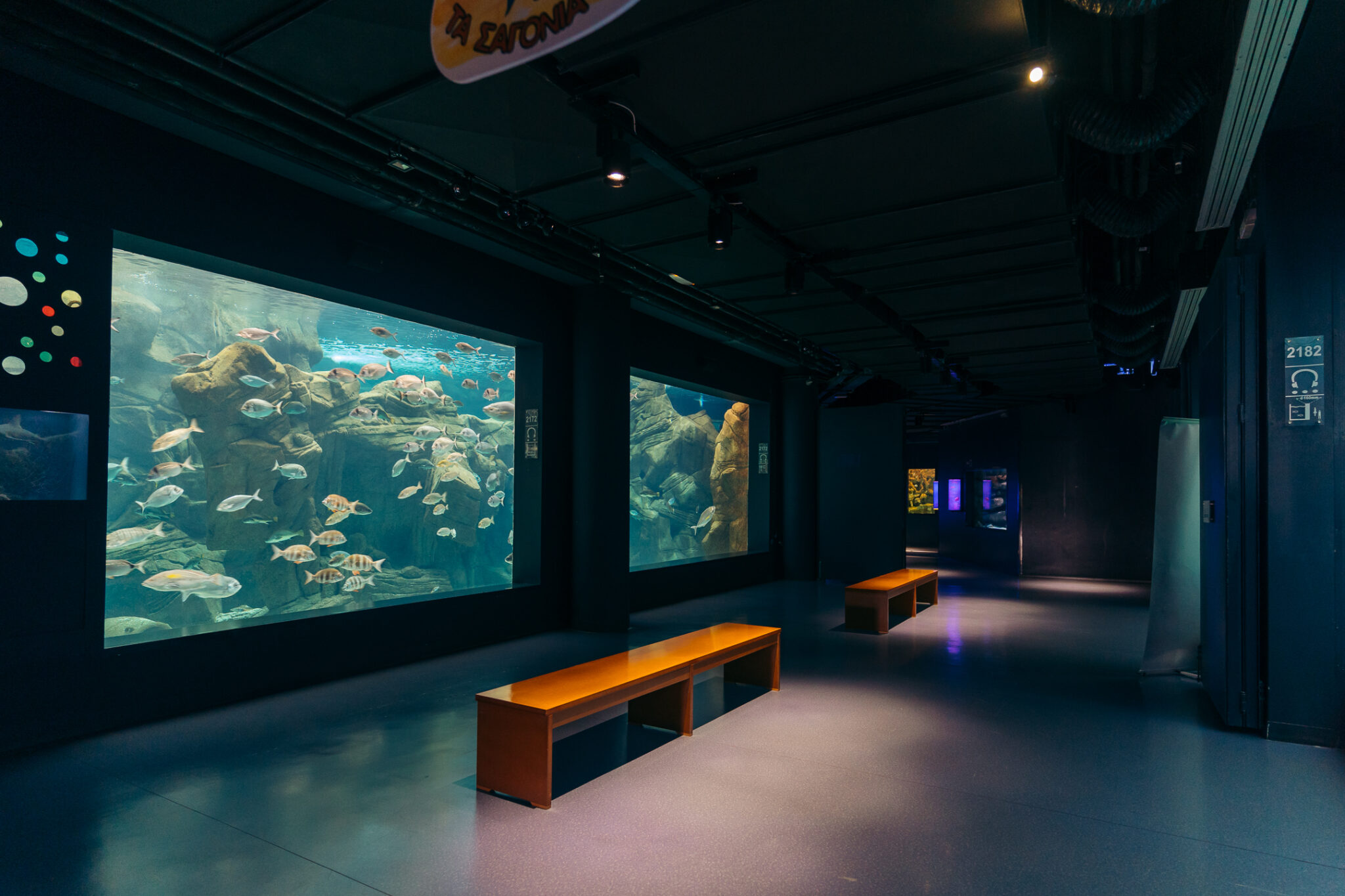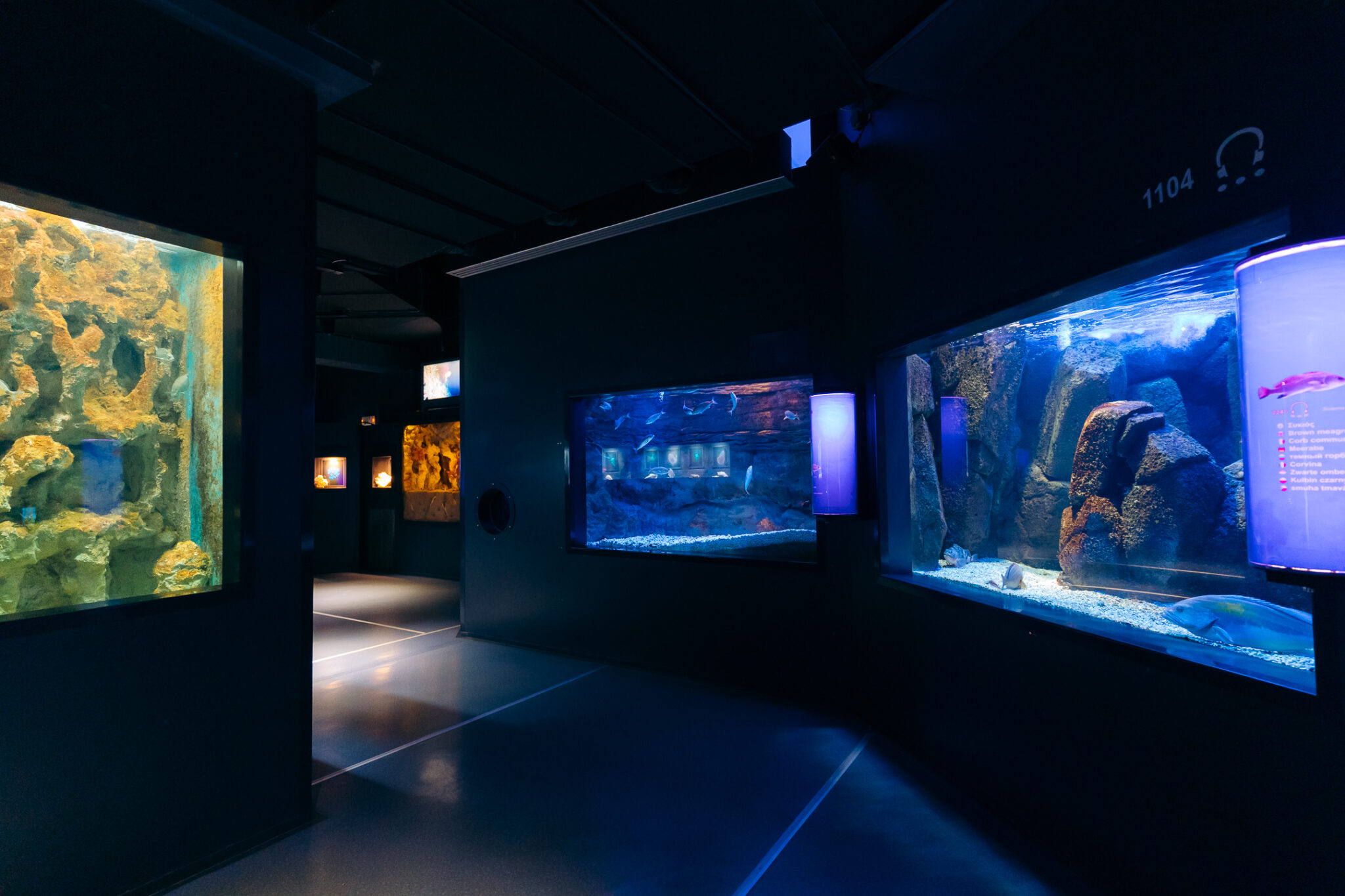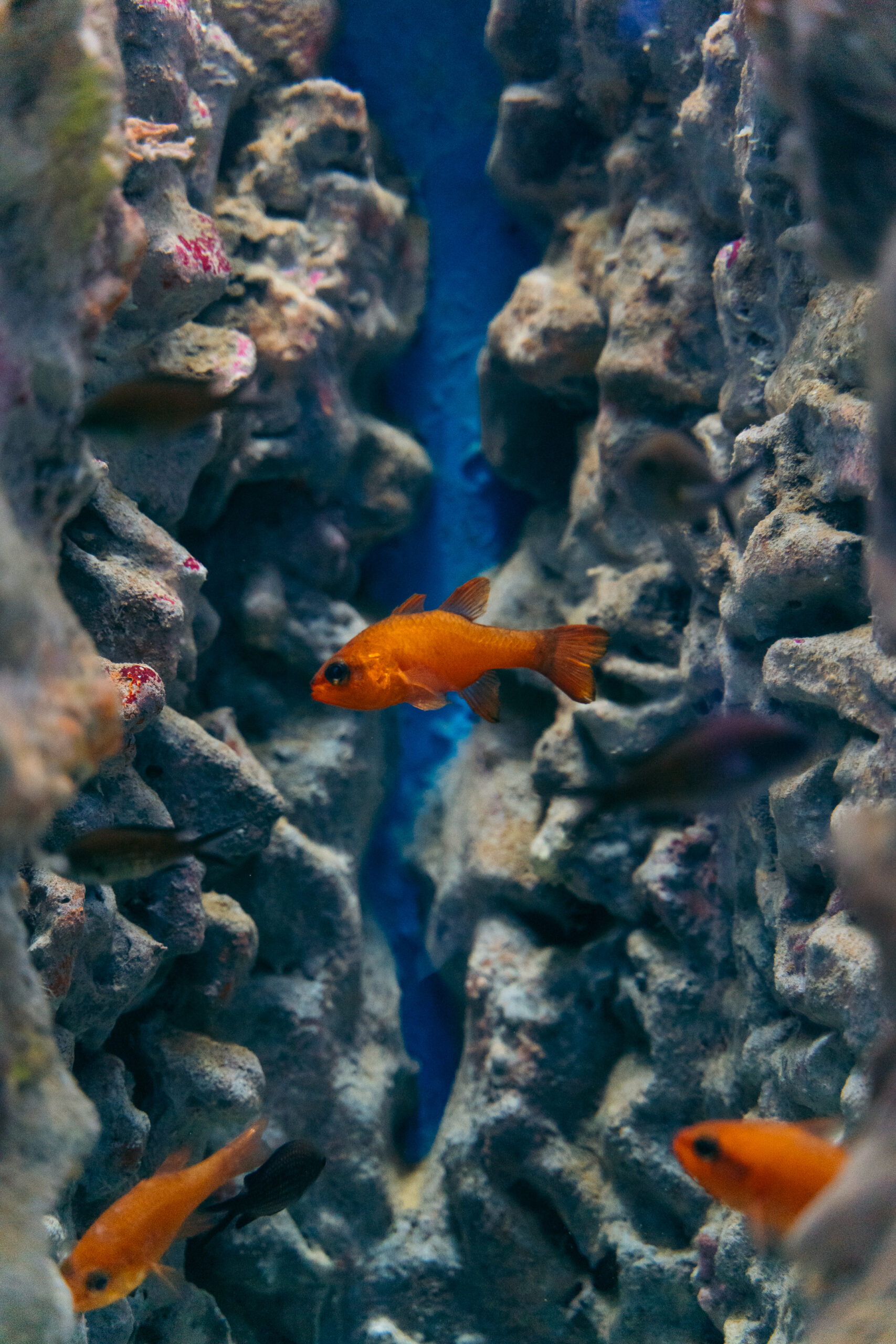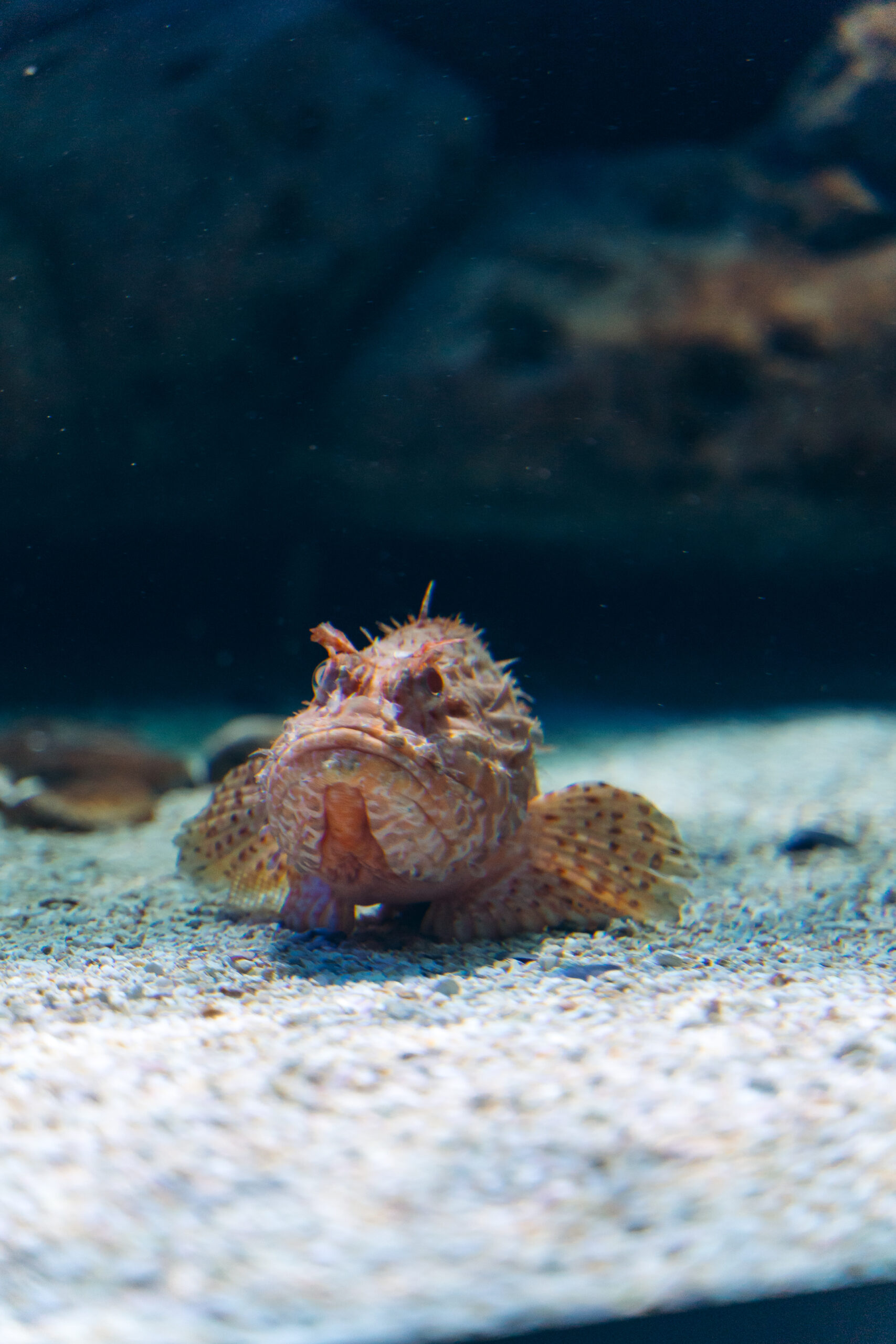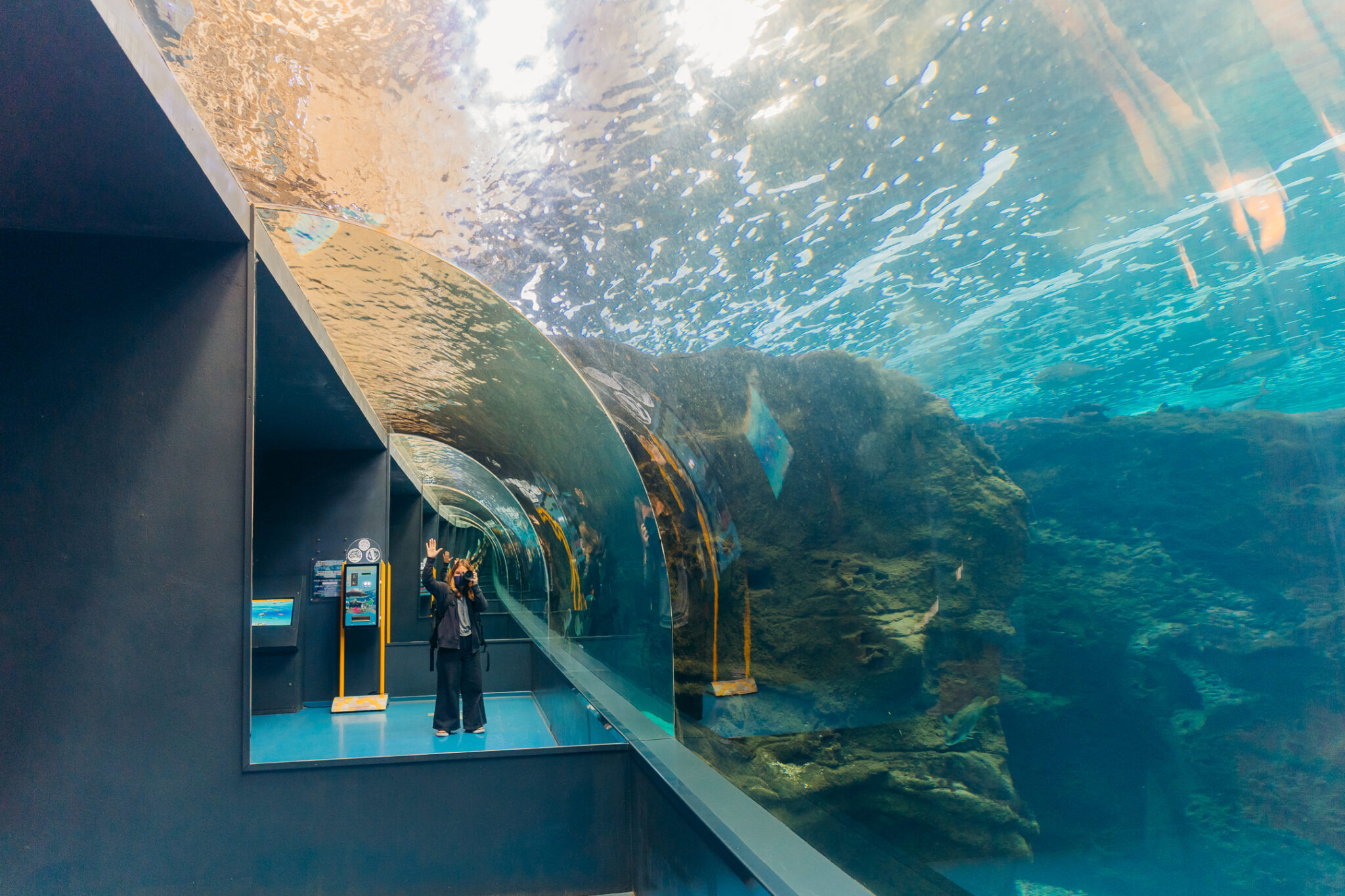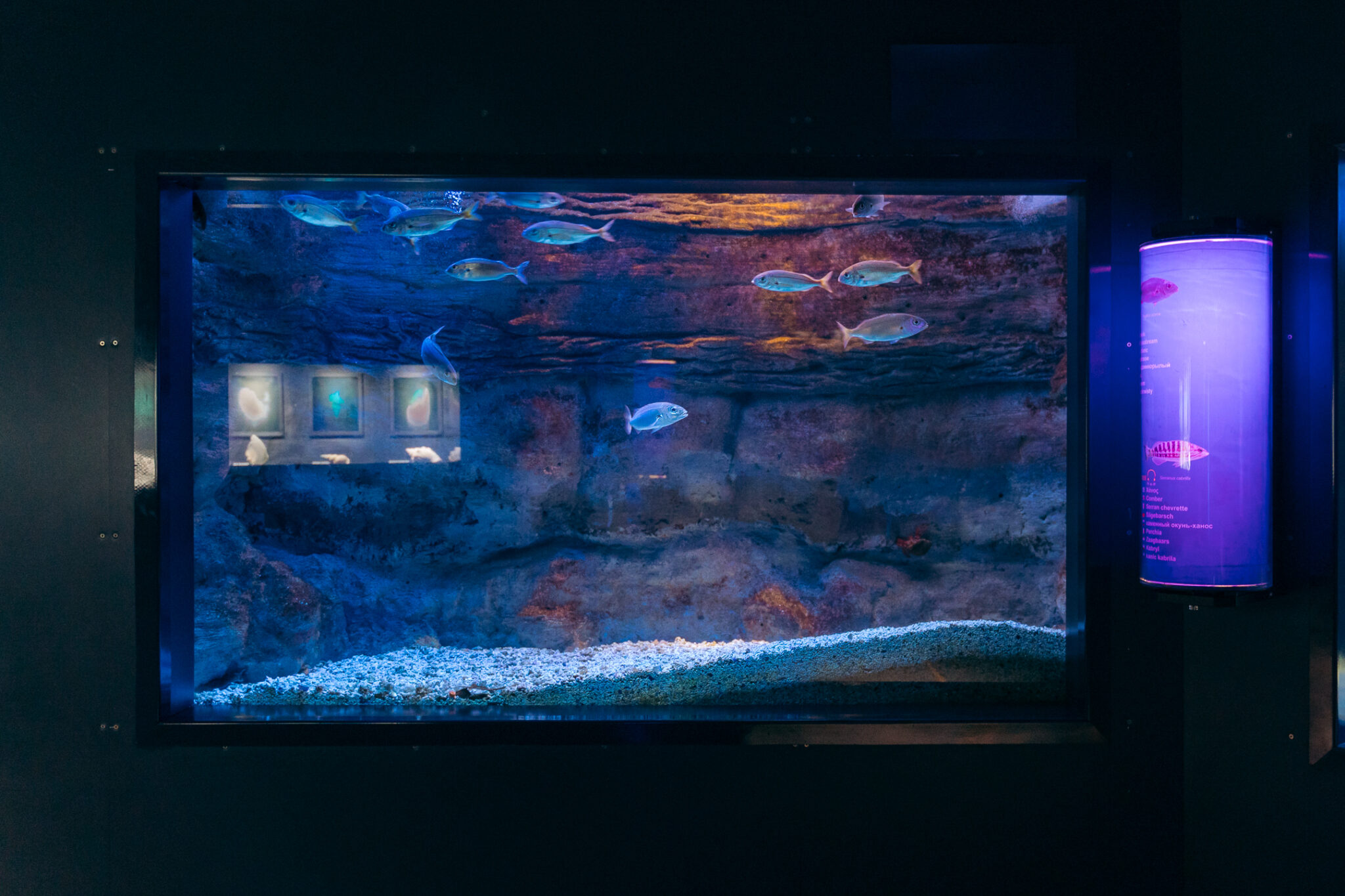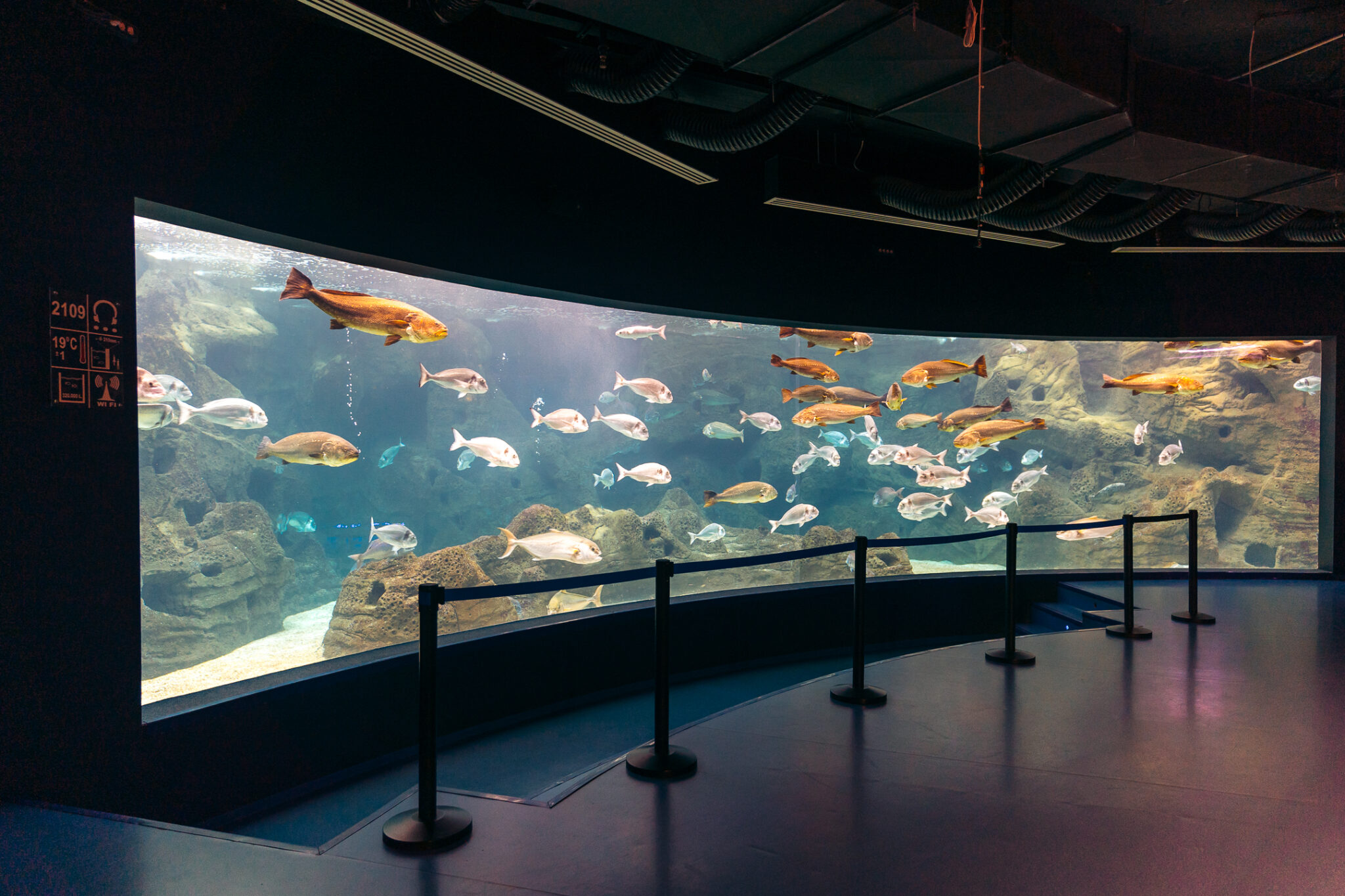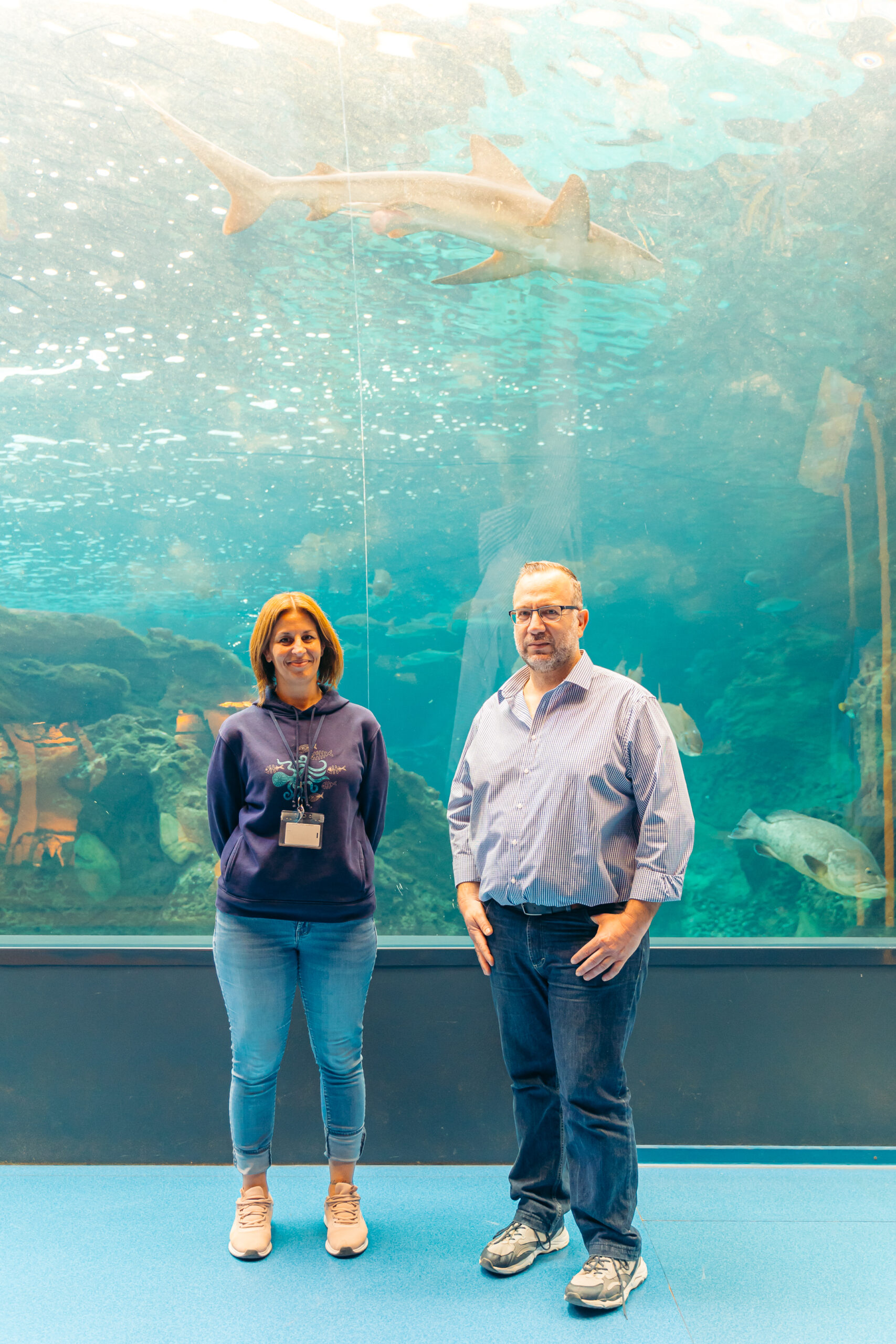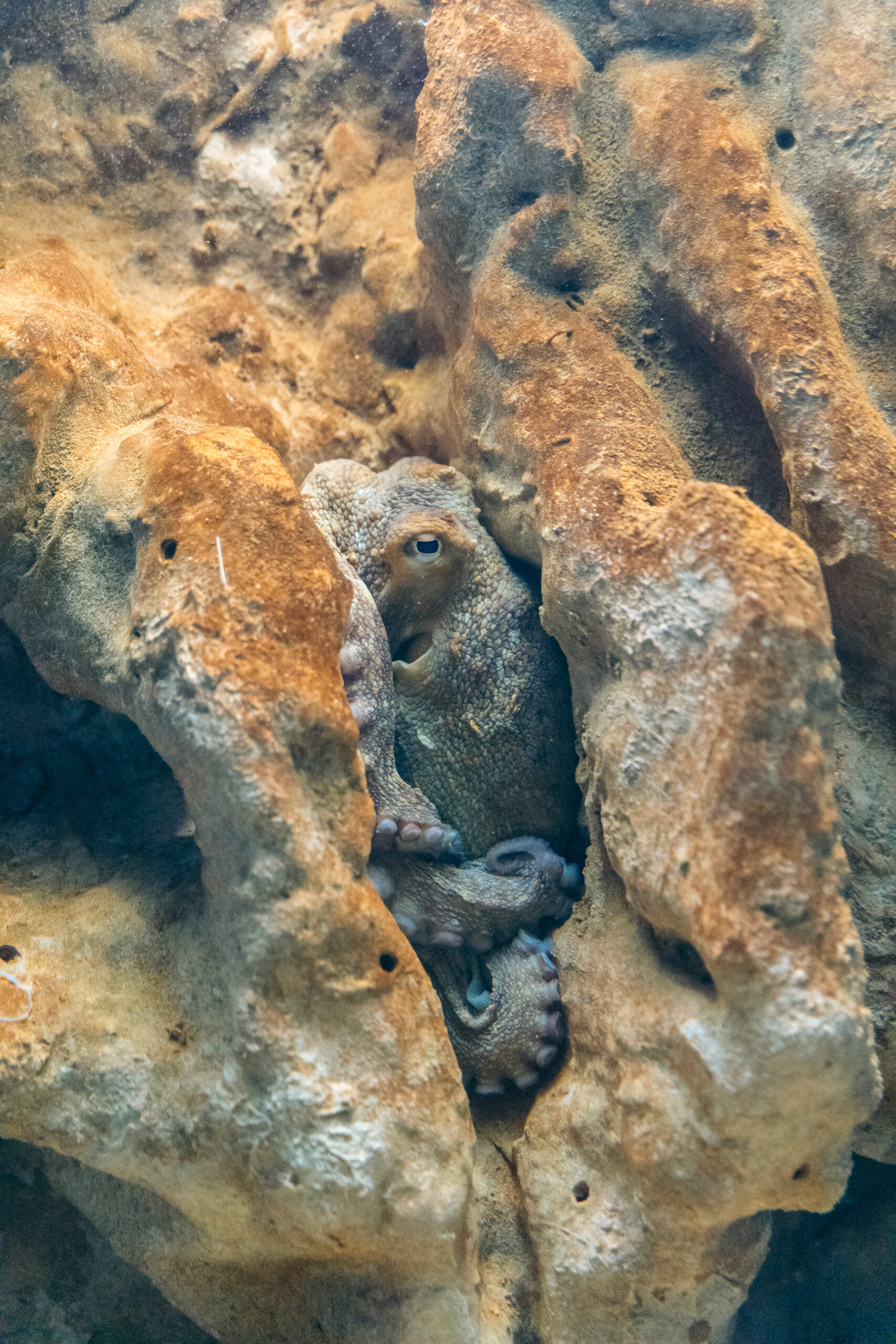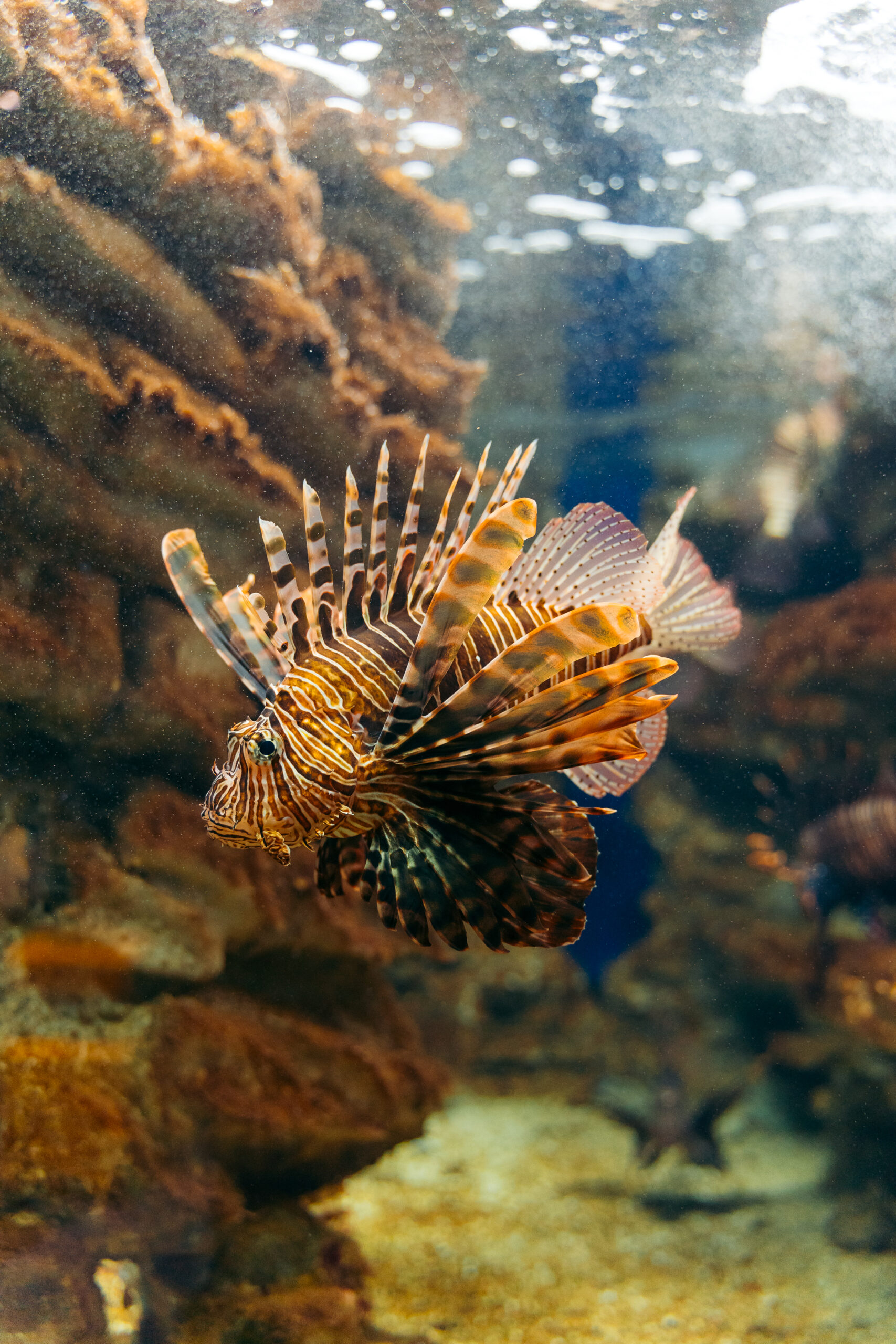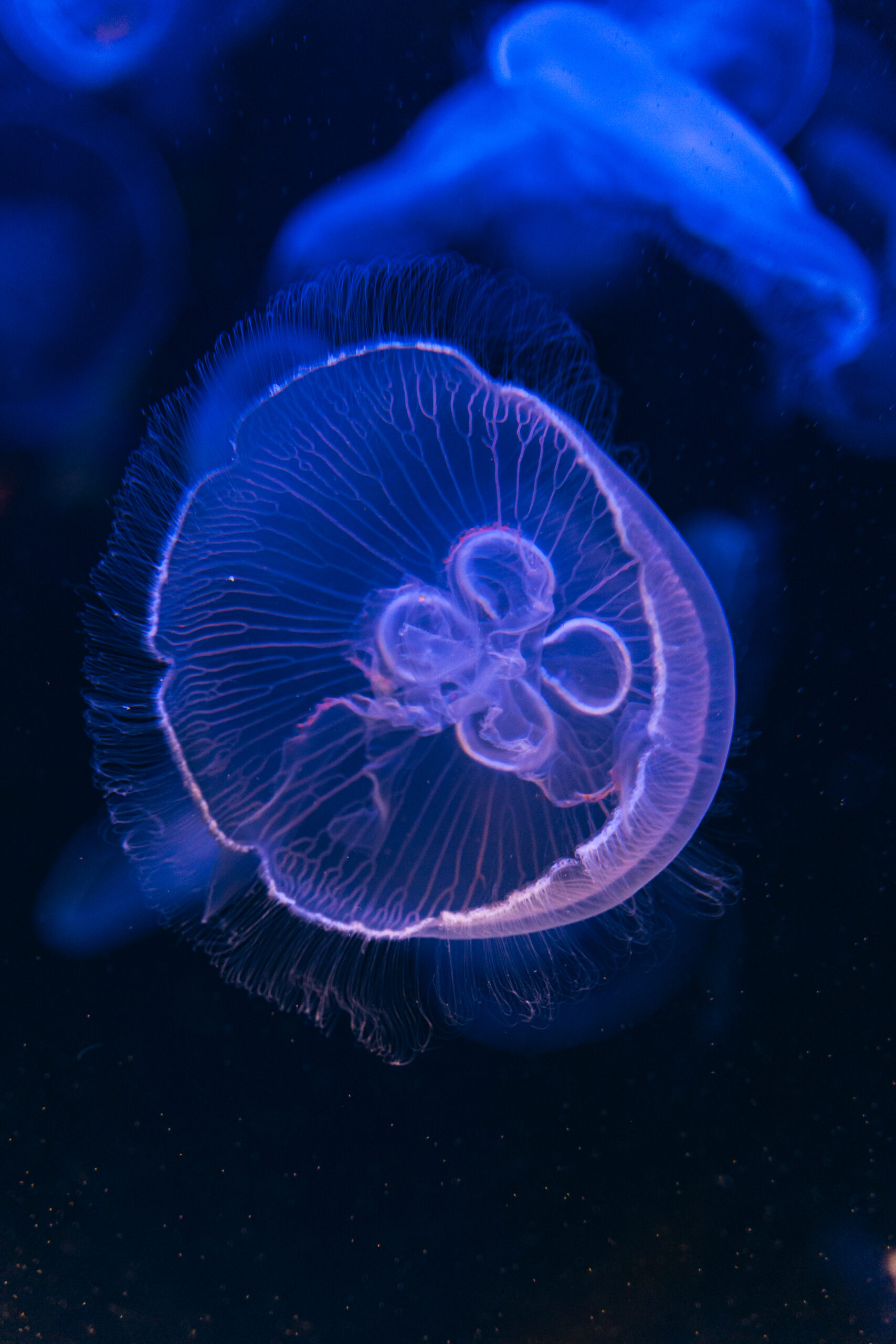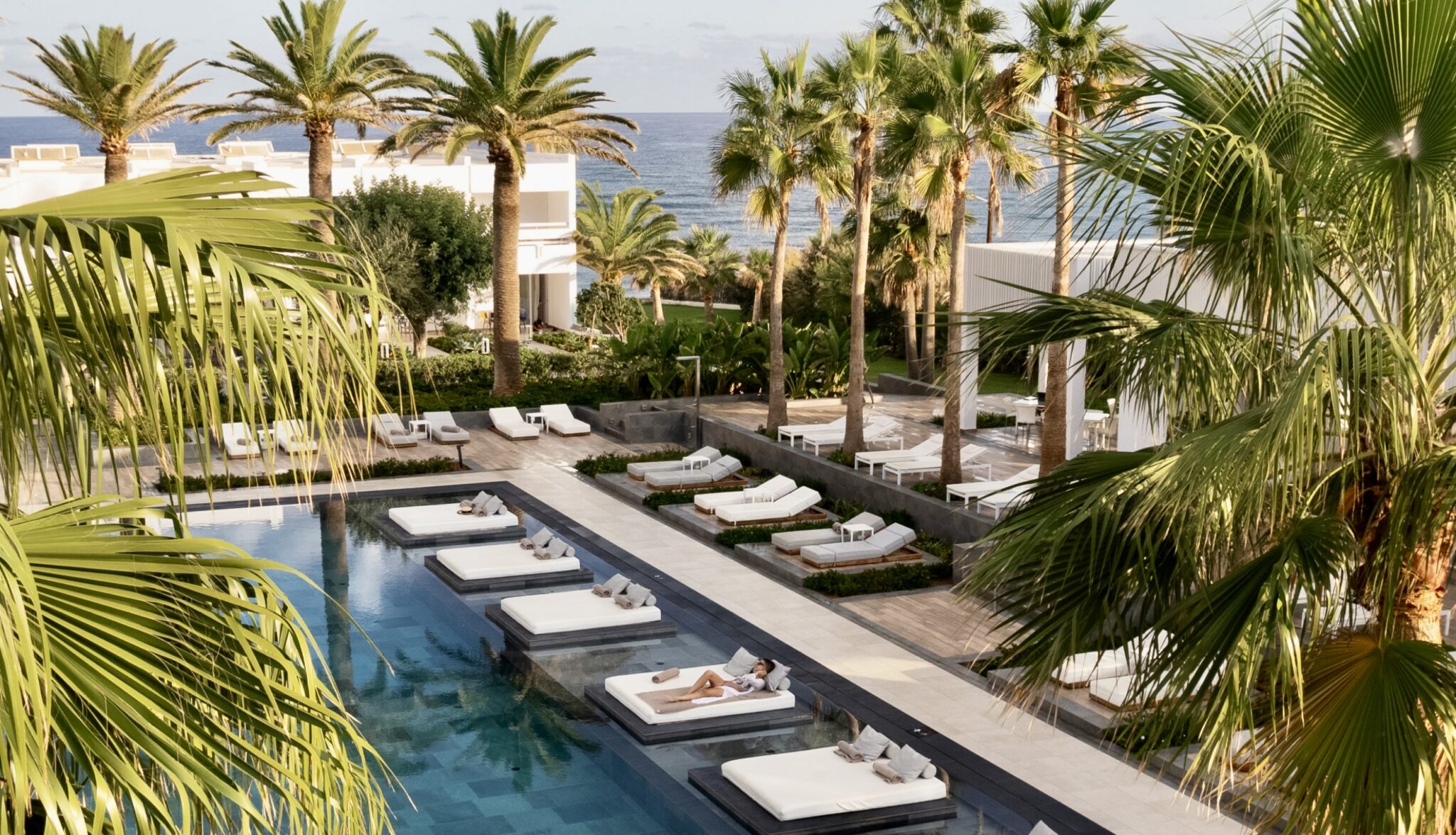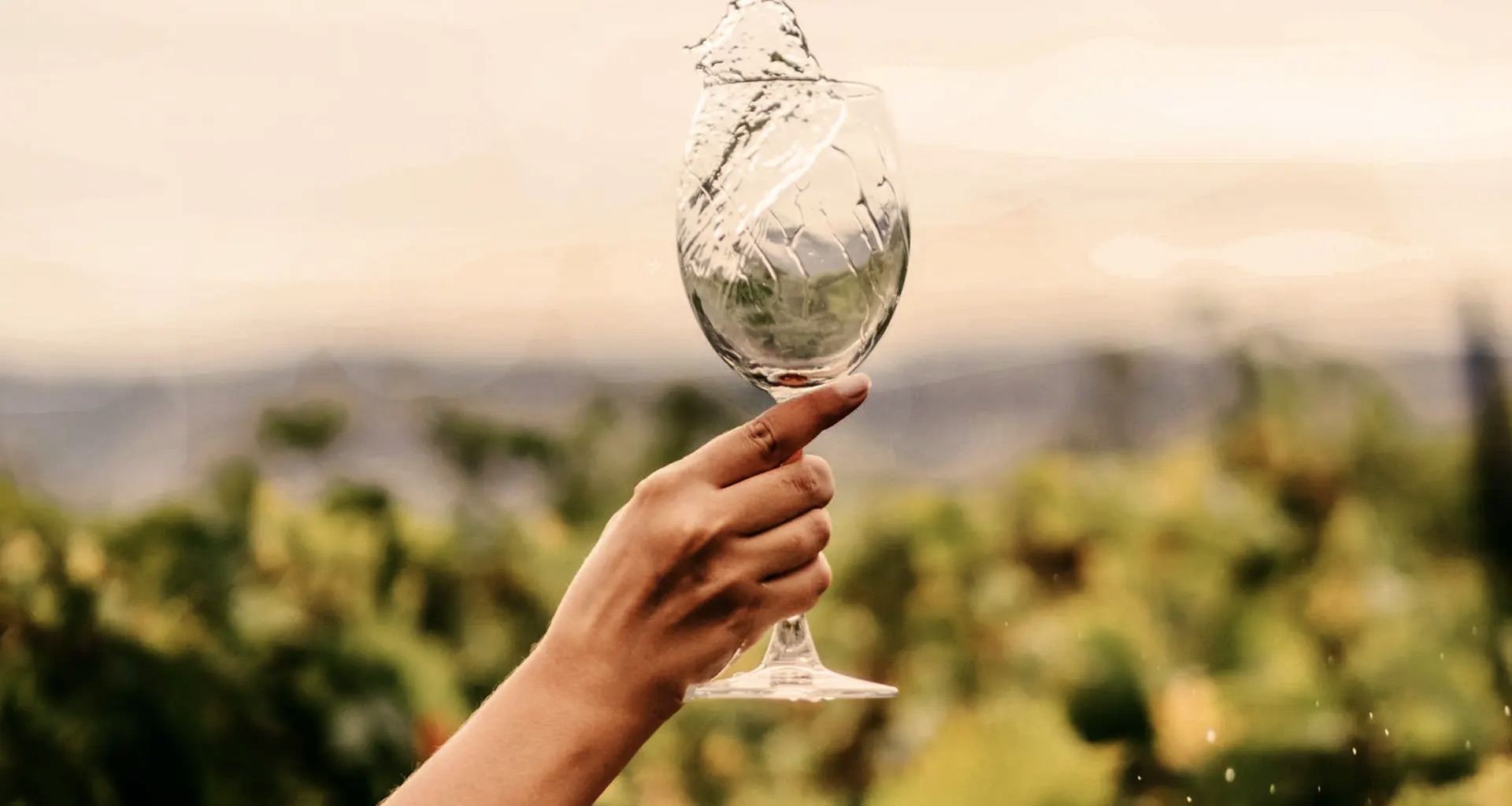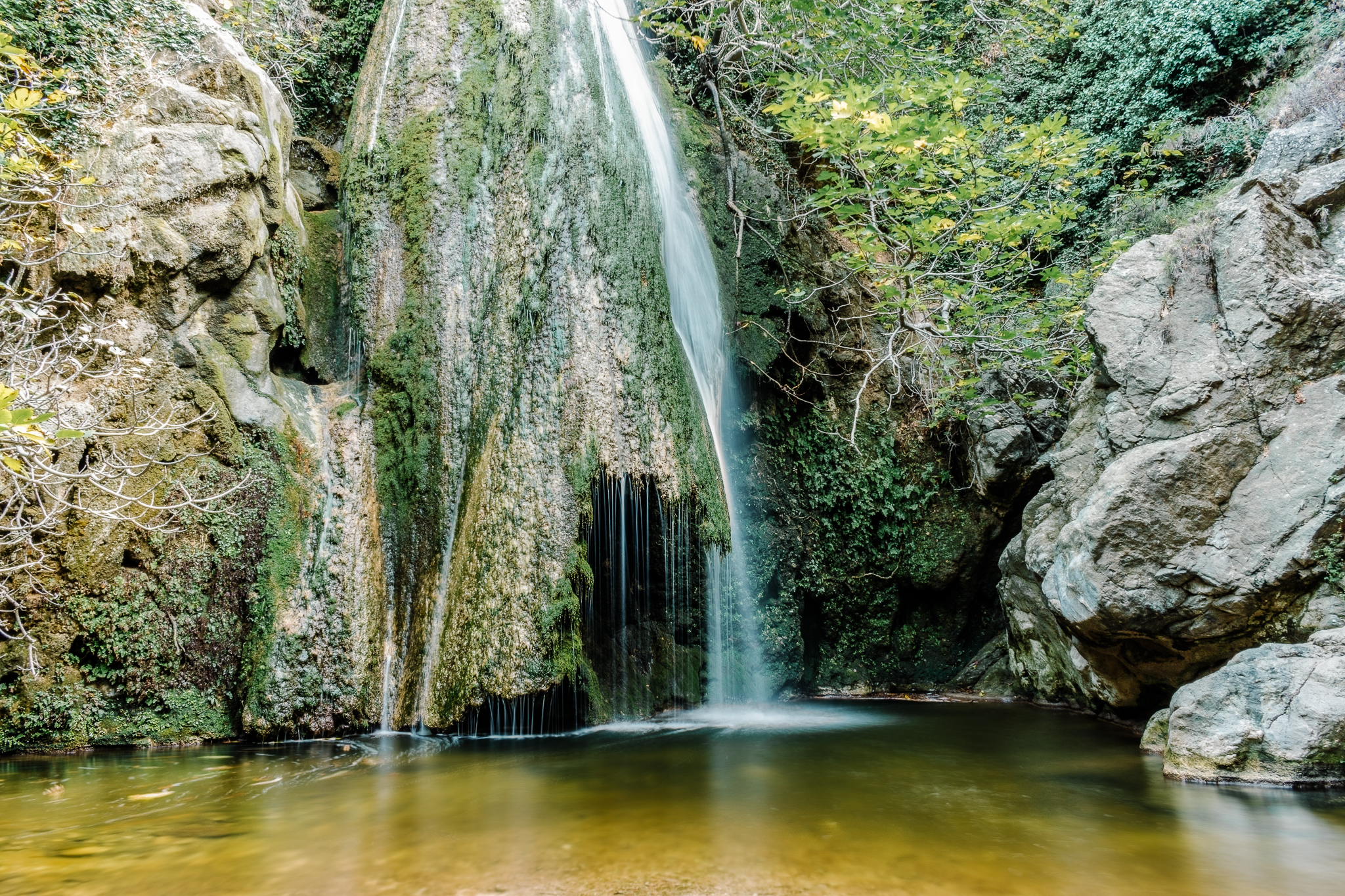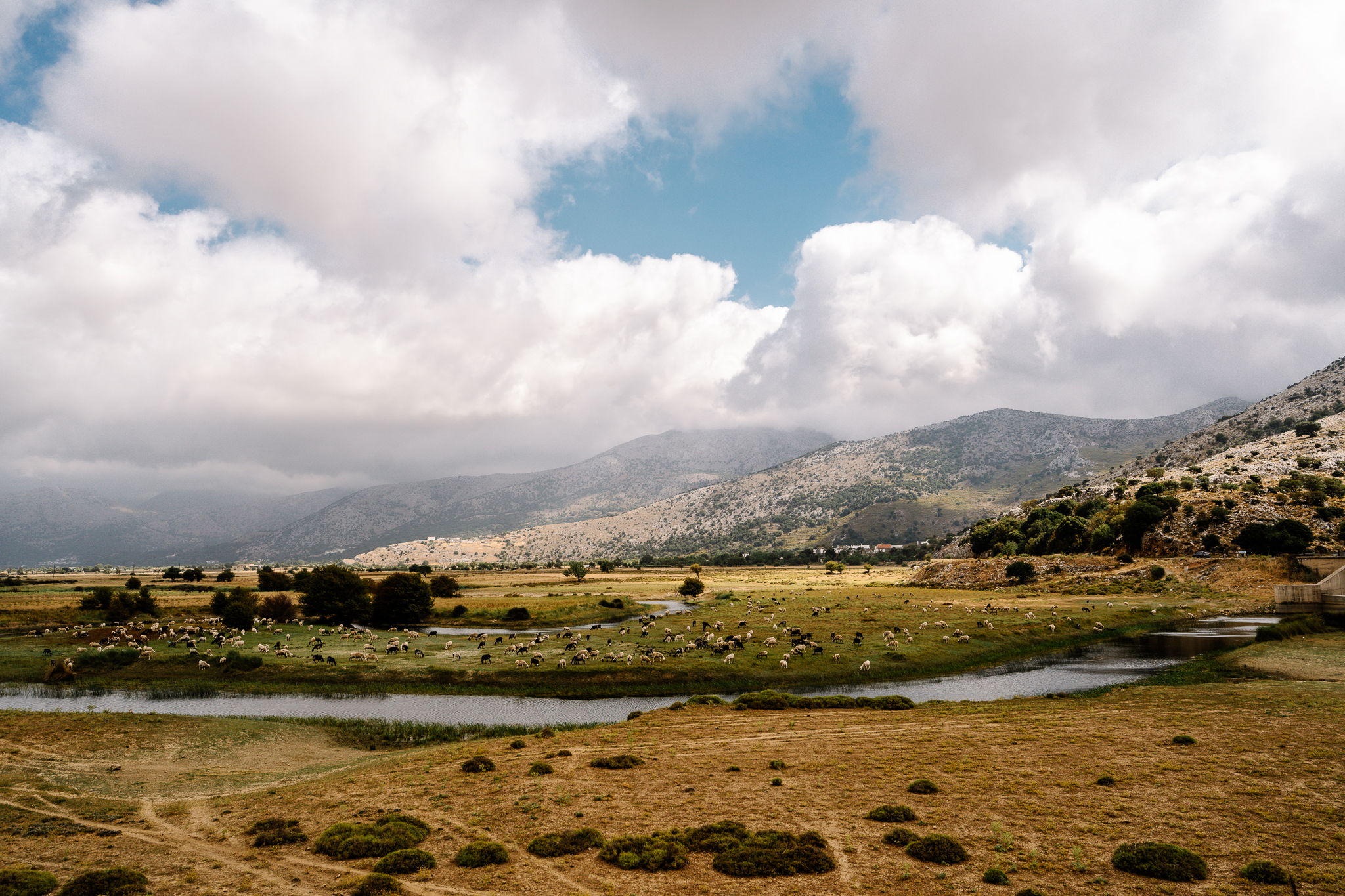At CRETAquarium you’ll experience the magic of the sea, the feeling of freedom that the huge tanks create, the unique sense of being submerged in a world completely different and at the same time familiar, and you’ll see some of the most interesting species of the Mediterranean.
The sun’s light is a vital source of energy even for the sea world, even though sunshine doesn’t reach every place all of the time; there are many dark marine areas where numerous organisms live. There are sea caves, crevices, depressions and protrusions on rocks, and great depths, where some interesting, extraordinary, but still beautiful, encounters might take place.
At the first section of the CRETAquarium, where the light is lower, you’ll see, among other species, dusky groupers, red corals, crayfish, gorgonians, stingrays etc.
Next on the tour, you’ll see what lives in the open waters of the Mediterranean with schools of ocean fish, marine mammals, large predators and of course, sharks! An apparently monotonous, monochromatic world with sandy and muddy beds, proves to be full of endless diversity and even the “monotony” of open sea is interrupted by rocky reefs of different shapes and colours.
At the second section of CRETAquarium, darkness is followed by light and you’ll come across large tanks. The setting is inspired by the seabed of Matala and Vai, and among others, you’ll see greater amberjacks, groupers, santer seabreams and European seabasses etc.
The tour continues with the habitats of the coastal areas, the most productive ecosystems in the world. They have rocky and also soft beds with mud, sand or gravel, are interrupted by marine plants that resemble underwater meadows, as well as many hideouts, caves and protruding rocks.
The colour palette seems endless and the adaptation strategies of the creatures that live here are simply amazing! Some of the species you’ll see in this section include parrotfish, rainbow wrasses, anemones, crustaceans, echinoderms etc.
The aquariums last section is dedicated to tropical species and what are known as “lessepsian migrants”. The construction of the Suez Canal that connects the Mediterranean with the Red Sea had caused unique biogeographical changes in the Mediterranean.
Since its creation, many tropical species have started crossing the canal and carried by currents, have appeared in the Mediterranean. Gradually, some of them settled and became permanent residents. These migratory species are called “lessepsian” in honour of the creator of the Canal, Ferdinand de Lesseps. Apart from the “immigrants” this section also includes other tropical species from far away seas.
Research
Experimental scientific research is an important part of CRETAquarium; the modern facilities offer the opportunity to observe the life cycle and behaviour of various species. At the same time, the aquarium raises awareness on matters related to the marine environment and participates in scientific programs in collaboration with the Hellenic Centre for Marine Research. Finally, it is also a member of networks of other aquariums and museums that aim at spreading scientific knowledge in various ways through various actions.
Read also:
Almyros Wetland and Beach – Amazing Waters, Pristine Nature
Glyka Nera: Hidden bay in Crete’s south, deep-blue waters, fresh-water springs



